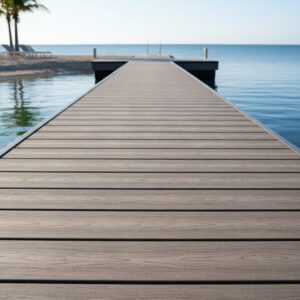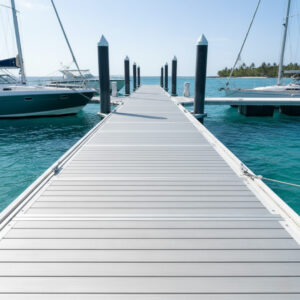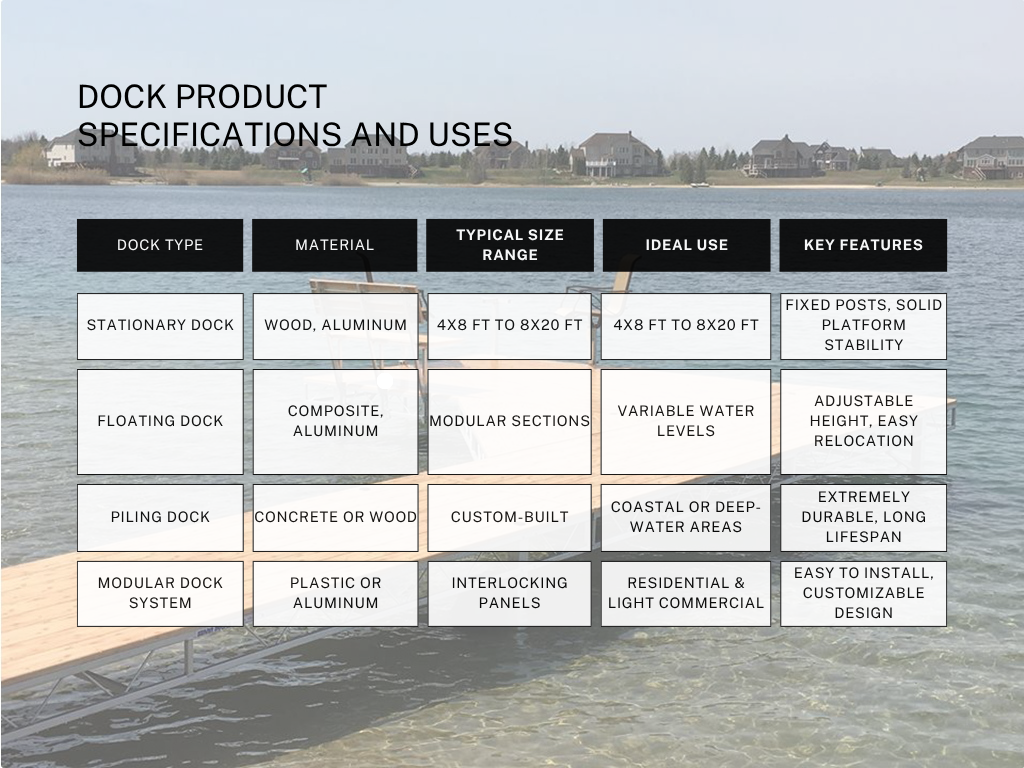Dock Design: Best Materials, Layouts, and Safety Tips
When it comes to dock design, the right choices can transform your waterfront into a safe, functional, and visually stunning space. Whether you’re building a personal dock for your lakeside property or managing a commercial marina, every aspect from materials and layout to safety and specifications matters. In this guide, we’ll explore the best dock materials, practical layout ideas, product specifications, and essential safety tips to help you design a dock that’s built for performance and longevity.
Choosing the Best Materials for Dock Construction
The materials you select determine the durability, maintenance, and appearance of your dock. Here are some of the top materials used in modern dock design:
1. Pressure-Treated Wood
Wood offers a warm, natural appearance that blends beautifully with outdoor settings. Pressure-treated lumber is resistant to moisture and insects, but it requires seasonal sealing or staining. It’s a good option for freshwater applications and classic dock aesthetics.

2. Composite Decking
Composite materials, made from recycled wood fibers and plastics, deliver excellent durability with little upkeep. They resist splintering, fading, and mold growth making them ideal for high-traffic docks and long-term installations.

3. Aluminum
Aluminum docks are strong yet lightweight, making them easy to install and adjust. They’re corrosion-resistant and suitable for both saltwater and freshwater environments. Many aluminum docks also feature modular sections that allow you to expand or reconfigure your layout easily.

4. Concrete
Concrete docks are the most robust choice for heavy-duty or commercial use. They can handle harsh marine conditions and support heavier loads, though they require professional installation and a larger budget.

Dock Product Specifications and Uses
Understanding dock specifications is key to choosing the right system for your property. Below are the main features and uses of each dock type:

When selecting your dock, consider your water depth, wave exposure, and intended use. For example, a floating dock is great for recreational lakes, while piling docks suit oceanfront properties that face stronger currents.
Dockstop offers a variety of dock systems and accessories, including decking panels, hardware kits, bumpers, ladders, and lighting engineered for safety, functionality, and style. All components are designed with corrosion-resistant materials to withstand tough marine environments.
Popular Dock Layouts and Design Ideas
The layout of your dock impacts accessibility and use. Here are some popular designs:
- Straight Dock: Simple and cost-effective for narrow areas.
- L-Shaped Dock: Adds usable space for seating or mooring.
- T-Shaped Dock: Offers a wide platform ideal for multiple boats.
- U-Shaped Dock: Perfect for boat slips and easy docking access.
- Floating Dock: Adjusts with water levels great for lakes or reservoirs.
When planning, consider shoreline shape, water flow, and purpose to ensure the best balance of form and function.
Essential Dock Safety Tips
A durable dock should also be a safe dock. Follow these safety practices:
- Use Non-Slip Surfaces: Textured decking reduces slip hazards.
- Add Lighting: Solar or LED lights improve visibility.
- Inspect Regularly: Tighten bolts and replace damaged boards.
- Install Railings: Especially on elevated or multi-level docks.
- Keep Emergency Gear Handy: Life rings and ropes should be easily accessible.
Conclusion
A smart dock design combines durable materials, the right layout, clear product specifications, and strong safety features. Whether you want a sleek aluminum dock or a rustic wooden setup, planning ahead ensures a structure that lasts for years.
For premium materials, professional guidance, and high-quality dock systems, choose Dockstop, your trusted partner in innovative dock design and construction. With Dockstop, you can create a safe, beautiful, and long-lasting waterfront experience that perfectly fits your lifestyle.
